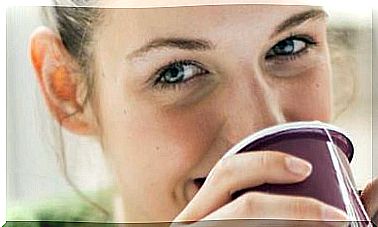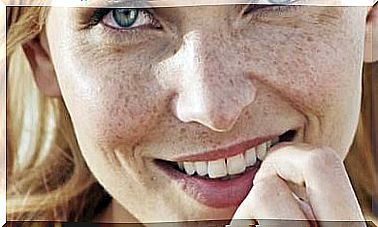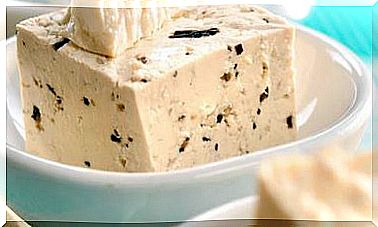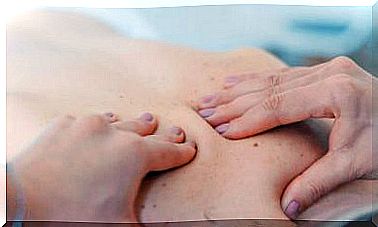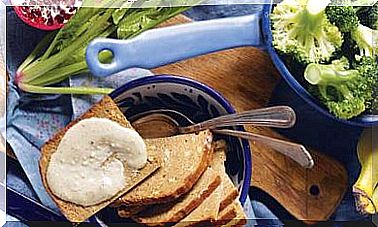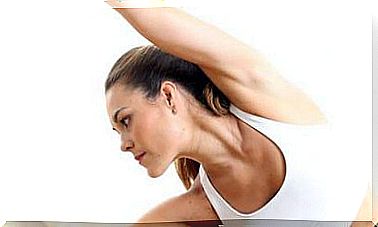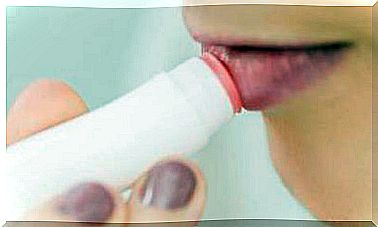How To Treat Bruxism Naturally
Grinding and grinding your teeth day or night wears down your teeth and causes jaw and neck pain. These tips and exercises help improve the problem.
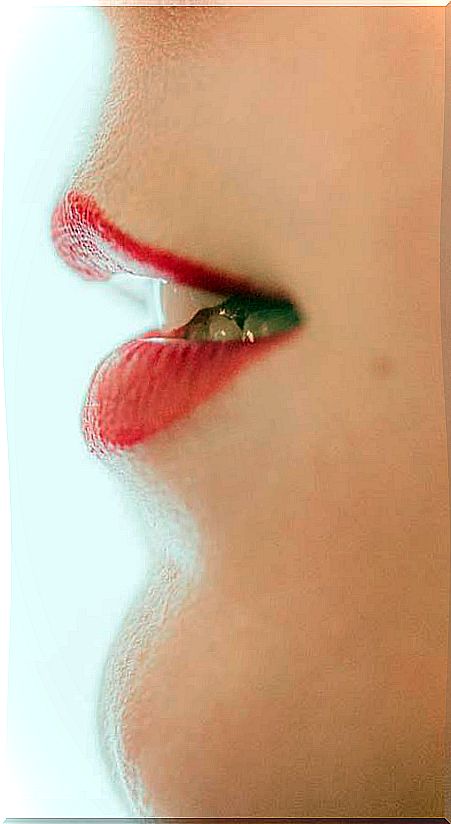
The bruxism is the habit of clenching and screeching teeth in an unconscious way, either day or night. Now, during sleep we go through different phases, and in what is called REM ( rapid eyes movement ) is in which we sleep more soundly and in which we usually clench our teeth.
There are several causes of bruxism, such as the discharge of emotional tensions or clenching our teeth when we are concentrated, but behind it there is usually always the stress: the stress of day to day, that of complicated moments, that linked to the pandemic …
The stress can manifest itself in different ways, such as insomnia, back pain, migraines, dry mouth … and also with that habit involuntary clenching, especially at night. During the day, when you are fully aware, you can try to relax if you become aware that you have stress, but at night it is more complicated, because when we sleep we do not have that control. Hence, nocturnal bruxism is more frequent than daytime bruxism and more difficult to address.
Bruxism: symptoms of clenching your teeth
Every time we clench our teeth we contribute to their wear. The force that can be exerted on them is so great that they can even break. The wear of the teeth and the appearance of fissures is one of the most obvious symptoms of bruxism.
However, there are other symptoms associated with bruxism, such as the appearance of jaw pain, especially in the joint that joins the jaw with the skull, in the temporal muscles or in the cheeks, migraines, tinnitus or neck discomfort.
The discomfort associated with bruxism can progressively disappear with discharge splints, osteopathy treatments , physiotherapy and homeopathy. But in bruxism prevention is especially important.
Prevent bruxism
In bruxism, prevention is very important, which involves taking care of posture, addressing stress and correcting breathing. Different natural therapies can be especially helpful for this. Discharge splints can also be used to relieve the tension exerted on the teeth to reduce discomfort and prevent the problem from progressing.
- Take care of posture and relax the jaw: A good posture with a well aligned spine and a relaxed jaw are key to avoid clenching and stress on the jaws, joints and teeth.
- Breathing through the nose: The correct breathing is nasal breathing, with the lips closed and the tongue located on the palate, as when doing meditation. In this way, the two central meridians (vaso-governor and vaso-conception) and the two muscle chains (the lingual and the facial) meet. Our “earth” is connected to our “heaven”. There are some techniques to learn to always breathe through your nose.
- Addressing stress during the day: When sleeping it is difficult to combat stress because we no longer have any control, but during the day certain simple gestures can help reduce it and arrive at night more relaxed. You can meditate, do yoga …
- Avoid the exciting ones: It is another way to deal with stress during the day. It is also advisable to avoid large dinners, to promote rest.
- Become aware and relax the jaw: It is advisable to keep the mouth in a resting position during the day, become aware of how it is and check that the teeth are not in contact with each other. Place your tongue on the roof of your mouth with your lips closed and breathe through your nose.
- At bedtime: Avoid pillows that are too high, as they cause a contraction of the chewing muscles. Sleeping on your stomach can also be an effective measure , although this can harm your back, and before going to bed, practice muscle relaxation techniques.
Treatment: the best natural therapies to address it
Some natural therapies are especially helpful in addressing stress and relaxing the jaw area. Press on them for 5 to 10 minutes, turning clockwise.
1. Digitopuncture
You can stimulate various acupuncture points that promote relaxation and reduce anxiety
- Shenmen point: the crease of the wrist on the inside, at the level of the little finger.
- 4G point: in the fleshy area between the index finger and the thumb
- Eye point: located between the eyebrows, where the base of the nose begins.
If you want to know more about how to use acupressure, check out this article on how to relieve tooth pain with acupressure.
2. Temporary tapping
You tap your fingers lightly above your ear, where the temporal bone and muscle are.
As you do this, you can say to yourself phrases like “I’m going to have my teeth ajar and my jaws relaxed.”
3. Homeopathy
Homeopathic treatment can be effective in certain cases. Although it is always advisable to go to a homeopathic doctor to prescribe the most appropriate remedy, these are the ones most used in cases of bruxism:
- Nux vomica 15 CH: It is used when there is stress due to different causes. 3 granules are usually prescribed, morning and evening.
- Rhus toxicodendrum 9 CH: It is the most recommended if noises occur when opening and closing the mouth. 3 granules are also usually indicated, in the morning and in the evening.
- Cuprum metallic 7 CH or Belladonna 5 CH: These are the most common remedies in case of mouth opening limitation. Usually 3 granules are given, 3 times a day.
4. Rocabado exercises to relax the jaw
Rocabado’s exercises consist of six postures that are practiced 6 times a day to release tension and improve pain :
- Put the tongue on the roof of the mouth behind the teeth and take 6 deep breaths.
- Without moving the tongue of the palate, open and close the mouth 6 times.
- Keep the tongue on the roof of the mouth and, with two fingers on the chin, open the mouth. With your fingers you should offer a little resistance. Repeat 6 times.
- Lower your head and move it back, as if you were nodding. Repeat the movement 6 times.
- Retract the chin 6 times.
- Raise and lower your shoulders. Repeat 6 times, slowly.
Discharge splints
Splints are custom-made appliances that are placed on either the upper or lower teeth. Ideally, it should be done on the lower teeth, since the jaw is the bone that moves and, at the osteopathic level, it is more balanced.
The splints are made of methylmethacrylate, a thermoformable material that does not contain bisphenol-A or endocrine disruptors.
